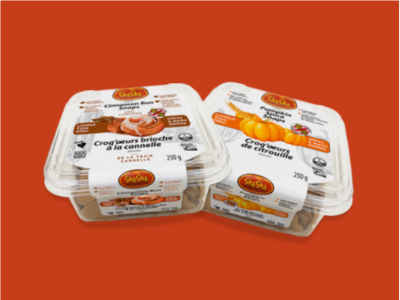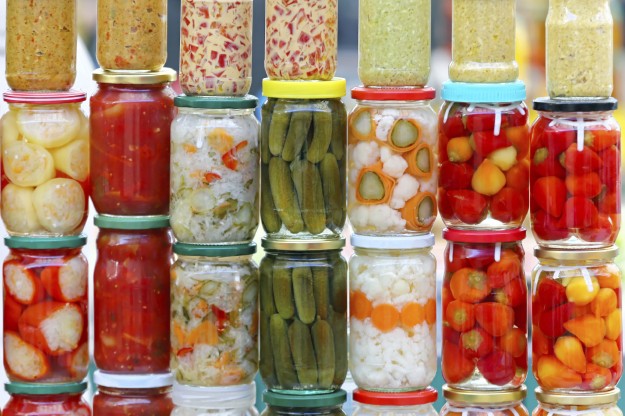It’s really hard to find a company you can trust. You’ve been let down so many times by companies that appear to have your best interests in mind, but are only concerned about their bottom line. It’s understandable that you are disillusioned, but there are companies that really do care about your well-being and strive to create food products that are healthy and good for your family; you just have to do a little work to sift the good from the bad.
Beware of ‘Greenwashing’
Greenwashing is the practice of using words like ‘natural’ or ‘wholesome’ on a product to entice buyers. Studies show that many companies are not telling the whole truth on their labels. This is partly because there aren’t stringent guidelines which companies need to meet in order to use words like ‘natural’ and existing standards are poorly enforced by the regulatory agencies. Just because something is labeled eco-friendly or natural, doesn’t mean it actually is.
Lying Labels
When customers read labels, they assume that all the ingredients are listed and that they are buying a healthier or more environmentally-friendly product. A recent study by TerraChoice Environmental Marketing researched more than 2,000 products which described themselves as environmentally friendly and found that only 25 lived up to the claims their labels made.
While reading labels does give you a much better idea of what’s in your food, it doesn’t tell the whole story. You see, many additives, preservatives and food dyes don’t have to appear on labels because the amounts are not considered harmful by regulatory agencies.
In some cases, known carcinogens are allowed when they are perceived to reduce a greater risk. For example, some preservatives are known to cause cancer, but the regulatory agency has determined that the threat from botulism outweighs the threat from cancer and so the preservatives are permitted.
Still, reading labels will help you to separate out those foods which are less harmful to you and your family and contain ingredients that are natural.
Who are you Buying From?
One of the best approaches is to look at the company you are buying from. Do a little research to find how long the company has been around. Know where they ship from so you know what kind of carbon footprint your food has.
Read the company’s vision and mission statement to get an indication of what their priorities are and to ensure that they are aligned with your environmental requirements.
Does the company take care of its employees? Companies who look after their team are more likely to take their consumer’s health seriously.
Investigate the company’s commitment to research and development. You want to support companies that invest in finding better ways to ensure that their products are healthy and safe for consumers. Innovation in a company is a very positive attribute.
Investigate the kinds of compliance certificates the company has to see if they care about the regulations that are designed to keep you safe.
Read customer reviews and leave some of your own so that you can help to educate consumers about the foods they are eating. While we tend to only leave reviews on products that have disappointed, it may be a good idea to also leave positive feedback on products that you are happy with so other consumers can enjoy healthy, organic, natural foods that are good for them and their families.





























